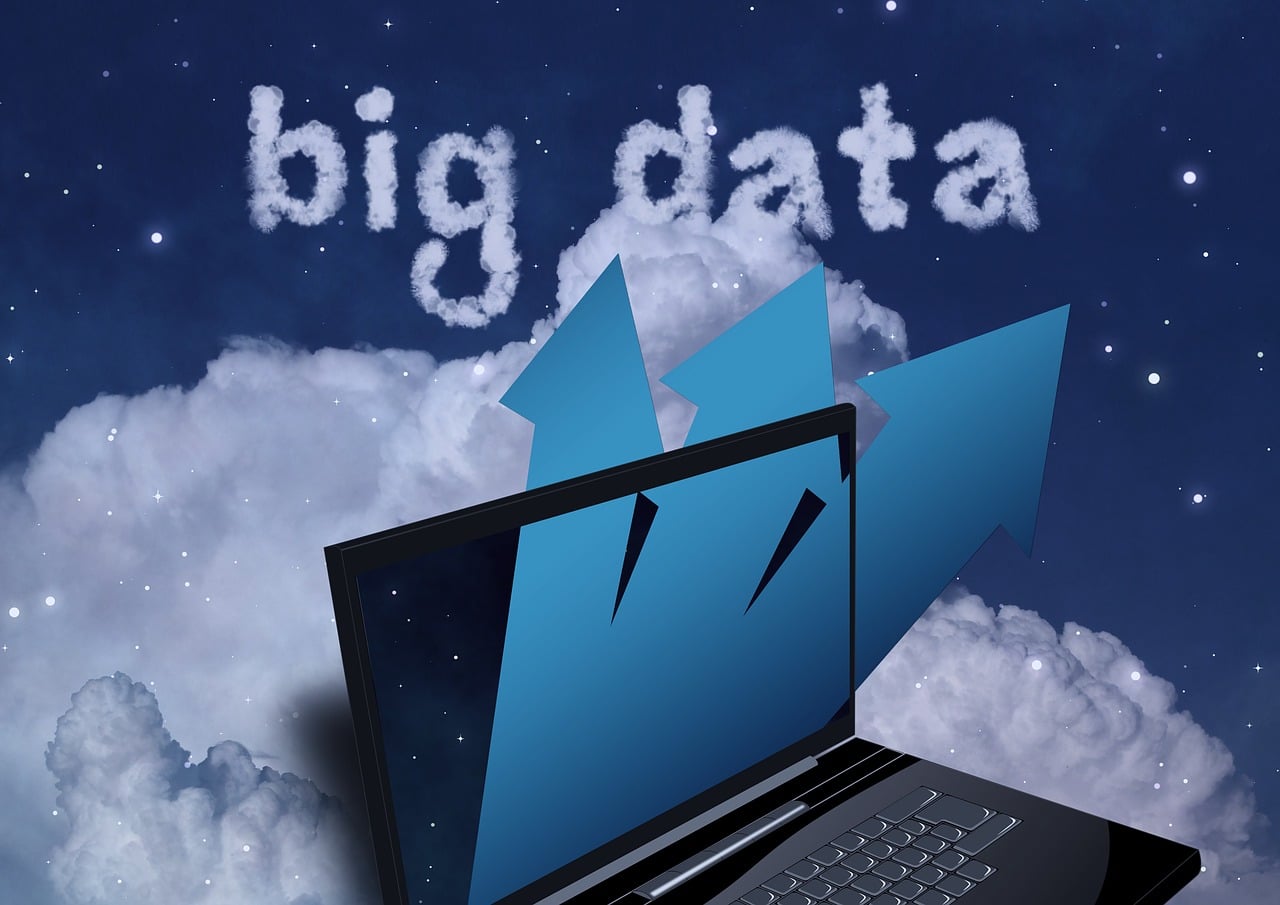Cloud software is playing a big part in enabling working from home in the new distributed environment created by COVID-19. Companies shifting to remote workforce models are able to take advantage of the fast delivery of IT resources made possible by the significant investment in digital technology platforms. These advancements enable your business to host your applications completely offsite and distribute resources to users as needed, with multiple deployment model variations in-between.
Whether your software, IT infrastructure or platform is delivered as service, or exists in a hybrid environment of any of these three, hosting your system in a secure cloud network grants several advantages. Many of these benefits are amplified for a remote workforce, especially with disparately distributed teams that are otherwise siloed off from each other’s data flows. The coronavirus business shutdown has made clear that digital platforms allow incredible flexibility, and enable switching to a work from home setting much more seamless than simple remote desktop connections.
Here are nine advantages of using cloud software when working from home in this new normal:
1. Work from Home with Same Functionality
Software technology systems have evolved significantly in recent years, and cloud solutions have been a significant driver of this growth. What this translates to for your business is functionality that loses none of its efficiency when moving to a web-based application interface. Cloud software is easily accessible through a browser, just like how you search for anything through the Internet, but without sacrificing any of the features you could interact with in a traditional system installed directly on an onsite server.
2. Eliminate Traditional Hardware Costs from On-Premise Servers
Without having to rely on on-premise hardware, you can get rid of all those related costs that rack up month to month. This includes server maintenance, electricity, storage space and all those associated IT expenses. Cloud software allows you to deliver critical resources and functionality completely digitally – all your users need is a computing device and an Internet connection, letting you trim all the overhead of onsite equipment.
3. Get More Options – SaaS, IaaS, PaaS, and Hybrid
Cloud technology has become synonymous with flexibility as there exists several variations of resource deployment to choose from. At the highest level are multiple implementation models which determine factors such as load balance between your business and provider and the level of your IT investment.
- Software-as-a-Service – Web-based SaaS is licensed as a subscription service and is accessible through a web browser
- Infrastructure-as-a-Service – IaaS is the next level up from application hosting, taking your backend IT infrastructure to hosted remotely while still allowing for direct user control of your software
- Platform-as-a-Service – PaaS is something of a halfway point SaaS and IaaS, where a cloud service provider delivers the digital platform as opposed to the software or infrastructure solely
- Hybrid Cloud – A hybrid cloud environment can exist as an any combination of the above or of public and private cloud models, but at the high-level hybrid lets you segment offsite and on-premise resources to pick the best of both worlds for your business needs
SaaS, IaaS, PaaS grant you a multitude of options when working from home, enabling your business to modify your cloud software delivery according to security concerns, network requirements, etc.
GET THE GUIDANCE YOU NEED FOR BUSINESS SURVIVAL
4. Mobility in the Cloud – ERP Apps on Your Smartphone
As crises like COVID-19, Hurricanes Maria through Katrina, and 9/11 have shown, businesses suffer without the ability to be mobile and pivot to adapt to new circumstances quickly. Cloud ERP kills two birds with one stone by allowing your employees to leverage the technology they carry around in their own pockets to access business applications instantly. SaaS functionality can be captured on a smartphone app for many Android and iOS devices, delivering real-time visibility in the palm of your hand.
5. Deliver at the Speed of Right Now with Real-Time Data
The generations of “digital natives” now make up most of the workforce, but the truth is that many of us have gotten used to the incredible speed at which modern technology moves. Excluding any mitigating factors, Internet searches return near-instant results and your software should deliver the same level of functionality for your Millennial users. Cloud applications feature real-time connectivity and this translates to on-demand data access and management for your remote workforce.
6. Stay Up to Date with the Latest Software Technology
In addition to being more advanced, cloud software’s native malleability allows for easier and more consistent upgrading than with traditional on-premise solutions. Often, update automation lets your provider improve your system in the background without having to disrupt your business operations. This seamless and perpetual enhancing and renovation lets SaaS and IaaS applications continuously expand their functionality, bringing new and better features with each new version.
7. Easier Software Integration and Customization
The flexibility of cloud technology also translates to less complications when customizing and integrating your software technology stack. Few businesses rely on just one digital solution, and SaaS applications are easier to modify and connect with existing systems and external modules. With development help by a reseller partner such as SWK Technologies, your disparate software products can be combined into a single centralized database hosted in the cloud.
8. Cloud Security Pros and Cons
The biggest concern most businesses have when considering cloud software is security, and the perceived vulnerability of SaaS, IaaS, public and hybrid cloud environments has always come under scrutiny. With the work from home surge, cybersecurity is becoming an even more important factor; however, cloud security grants a greater potential to protect your network, as long as the right steps are taken. Realistically, legacy on-premise systems can be just as vulnerable as modern cloud applications – cyber defense always requires a human element that must come from either the user side or from your cloud hosting provider.
9. Business Continuity and Recovery Through Cloud Backups
Whether cybersecurity is fulfilled by you or your hosting service provider, there is one security control cloud software always provides for – data backup. The real-time connectivity and faster network speeds allow you to swiftly and easily transfer your files to secure digital storage, as opposed to the traditional methods of tapes and hard drives. With the dangers of physical contact in the COVID-19 pandemic, cloud data backups are an effective tool for potential disaster recovery when working remotely.
Migrate to a Secure Cloud Platform for Working from Home
Working from home during and post coronavirus will be propelled by cloud-based systems and hosting services. With the vast investments made into SaaS and IaaS technology paying off in a big way in this crisis, many companies can be expected to progressively adopt digitally-hosted solutions to consolidate their operations and enable future remote work – don’t let your business get left behind as your competitors race to the cloud.


